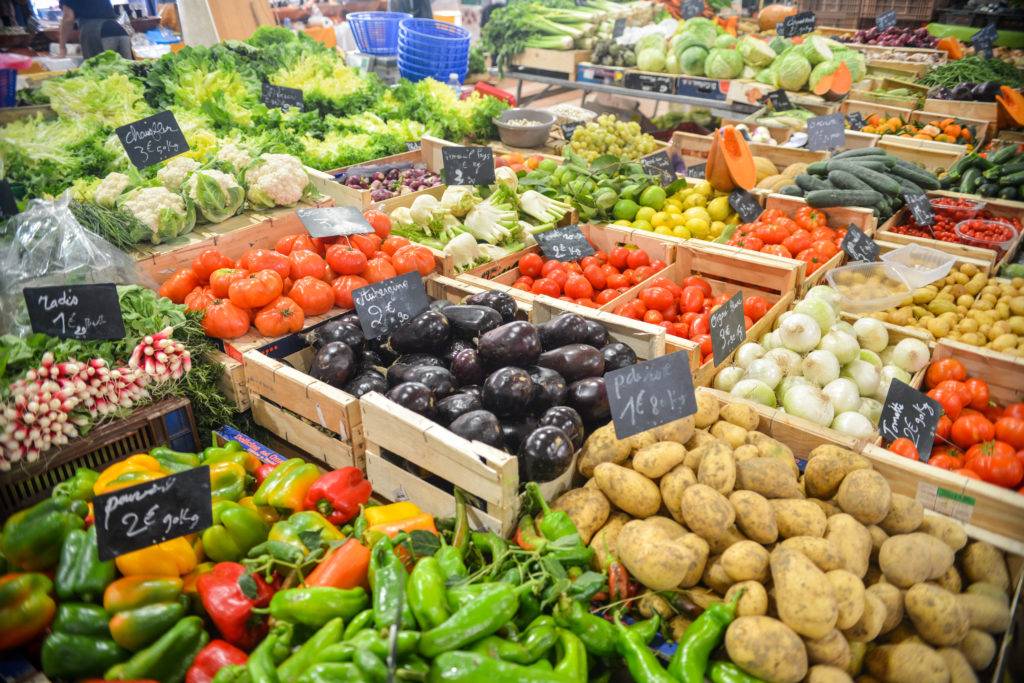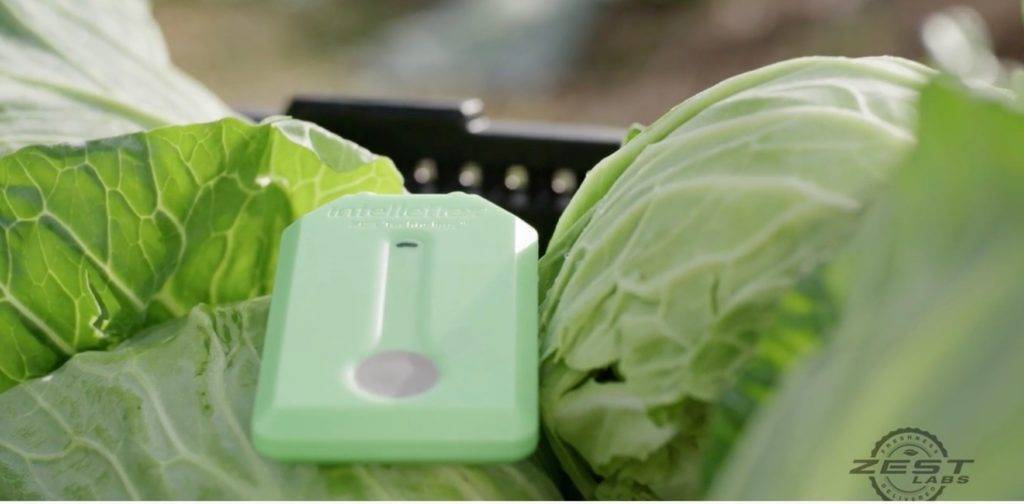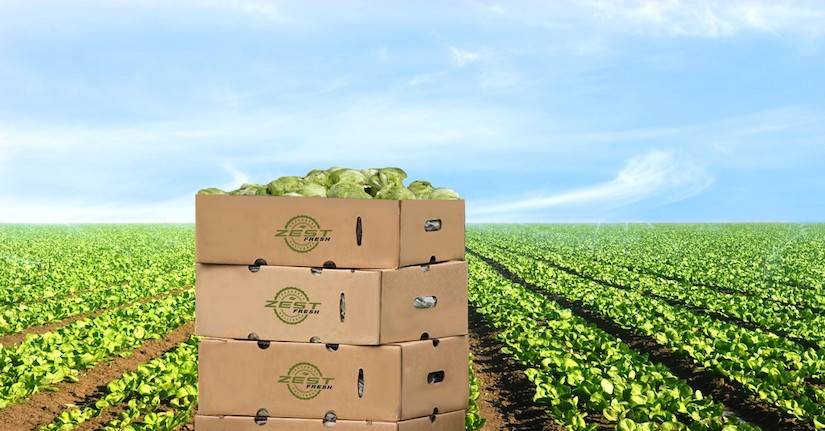With all the hype around blockchain, it’s a technology that’s still finding its feet when it comes to wide, mainstream adoption. Therefore it’s not every day when you come across a company that uses both IoT sensor technology and the blockchain to solve a common agricultural problem. Zest Labs have created a fresh food management solution that focuses on consistent food quality, reduced waste, and improved food safety and use technology to achieve this. I spoke to CTO Scott Durgin to find out more.
Durgin explained:
“We provide a solution from grower to grocer. We use sensor-based technologies to help suppliers and retailers manage the freshness and quality as well as tracking and traceability. And core to this concept is the fact that waste is a fairly big problem in the industry. This stems from the fact that 30% of products aren’t handled correctly, and it is difficult to differentiate them from the 70% that are. There are literally tens of millions of tonnes of produce shipped. You can’t individually check all the pallets.”
Food waste costs the nation an estimated $218 billion per year according to the NRDC. Produce picked on the same day is not all equal and will not necessarily have the same shelf life, depending on metrics such as humidity and field and storage temperatures. This brings best by dates into question. In response, Zest Labs has derived a single freshness metric — the ZIPR code — which is based on the specific product type, growing location, and actual harvest and processing conditions, that enable significantly improved freshness management decisions.
Zest Fresh software calculates a ZIPR code for each tracked pallet, using patented methodology and sensors, ensuring inventory and shipping decisions are based on actual freshness. Growers, retailers, and restaurateurs can benefit from intelligent routing, meaning that produce with a closer best-by date can be re-routed earlier, to a nearer location or a juicer.
Testing has shown that using Zest Fresh with the ZIPR code can reduce that waste by roughly half, and significantly improve the customer experience. This provides continuous real-time visibility of the remaining freshness capacity of produce and then directs intelligent routing to optimize delivery for required shelf-life.
As Durgin explained:
“We see an opportunity to help suppliers in that they get paid the same amount today regardless of the freshness capacity of the product they’re putting out. So imagine if you could differentiate your product offering to be a competitive advantage in regard to its freshness.”
Zest labs introduces the blockchain
Zest Labs announced this week that they are now also offering free blockchain set up for growers and shippers using the Zest Fresh platform. Durgin believes that the blockchain creates an added layer of security and trust throughout the fresh food supply chain by creating true transparency about all key food freshness factors to all participants within the network.
“Zest Fresh quickly delivers access to blockchain technology for its customers by leveraging secure and authenticated data collection from its wireless IoT sensors, through its intelligent access points, and into the secure Zest Cloud. Further, by combining our predictive analytics, we can extend the value of blockchain through smart contracts that can automatically recognize when fresh products meet contracted specifications throughout the supply chain.”
With most industries considering how the blockchain may benefit their operations, food suppliers, in particular, are paying close attention since there’s a very real possibility that large companies may eventually require their supply chain partners to participate. This could mean many growers are forced to adopt blockchain, whether they like it or not. Forced technology adoption has happened before such as with RFID where adoption was successful until large companies mandated its use and none of the smaller suppliers could afford the tags.
Durgin believes that the blockchain solves the problem of trust but it isn’t a replacement for conventional IoT data processing and storage:
“Would we use blockchain for our core internal processing of the system? No, it’s not designed to do that. We have the Zest platform underneath which is actually a data streaming complex event processing system and it’s designed to scale in the world of IoT and it does things in a very real time fashion and handles very complex event streams that could never be applicable to being processed in a blockchain.
If you think about quality in freshness, it’s more than just sensor data thrown into a block or a transaction in a block and so we see the opportunity to take this universal ZIPR code and for those folks where blockchain makes sense to their business. Given the very nature of what blockchain does it creates a very interesting information sharing network opportunity that ensures consistency up and down the supply chain.”
Durgin also likens the blockchain’s adoption challenges to his days as Product Manager at IBM working on Lotus Notes :
“Back in the day we actually used to license the TCAP IP protocol and the AppleTalk protocol amongst others. We had to license the protocols and include them in the product so that it could talk with a client server. Such a thing would be unheard of today. So when you think about blockchain technologies, I liken them to when we had to do extra heavy lifting to build a platform like Lotus Notes, designed to make it easy for people to solve business problems also.”
As agtech becomes increasingly automated and connected, the blockchain may just become another business tool in a farmer’s arsenal.




















